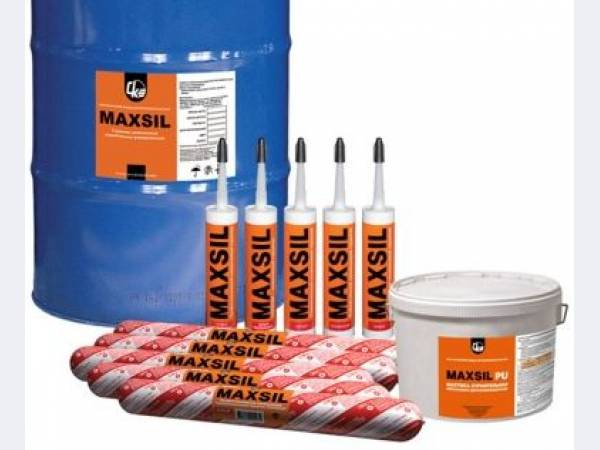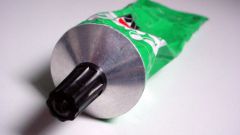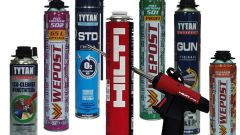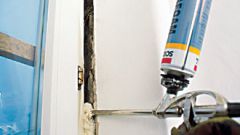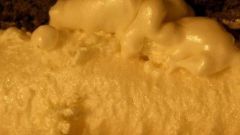Instruction
1
In principle, as a binder, silicone sealant showed excellent quality. It is made on the basis of solvents. Anyone who has used silicone sealant, noticed its pungent smell. Solvents attach to the silicone's elasticity and contribute to more robust adhesion (adhesion) of surfaces.
That's why experts advise not to try to remove the silicone from the surfaces of any chemical substances. Chemicals can cause poisoning, but the silicone will remain in place. To remove it has a special cleaner. But sometimes in the stores to find it problematic.
That's why experts advise not to try to remove the silicone from the surfaces of any chemical substances. Chemicals can cause poisoning, but the silicone will remain in place. To remove it has a special cleaner. But sometimes in the stores to find it problematic.
2
Our Russian craftsmen have found a few ways to get rid of silicone at home. So, we will need a certain amount of white spirit, rags, blades, detergent. It turns out that it's very simple.
3
Dampen a rag with white spirit and wipe with a silicone sealant.Wait some time (half a minute), while the silicone will acquire a gelatinous consistency. Take the blade and gently scrape the silicone from the surface. Wipe the cleaned spot with a dry rag.
4
Wash the cleaned surface with the use of any detergent that dissolve fat. Wipe the surface dry.
5
Another way of getting rid of silicone can be its mechanical removal. For this you will need a knife and a piece of pumice. The silicone peeled off from the surface with a knife, and its remnants are removed with a pumice stone. But of course, this method is applicable where the surface is not prone to scratches.
Useful advice
Silicone sealant is not recommended for use in electronics. A pair of acetic acid, which is added to the silicone to polymerize, quite corrosive.
